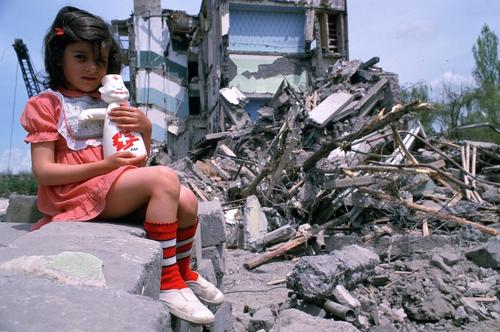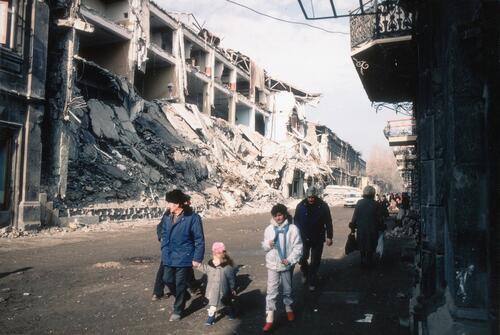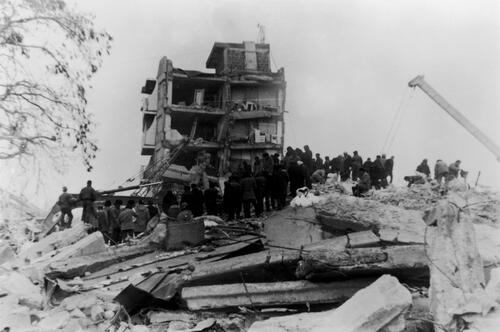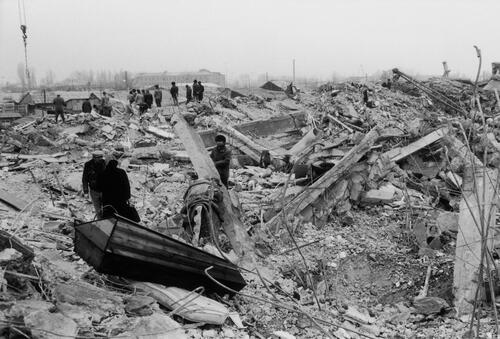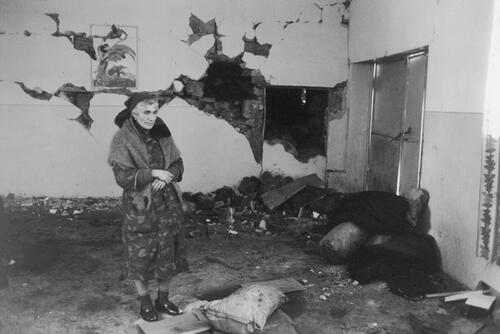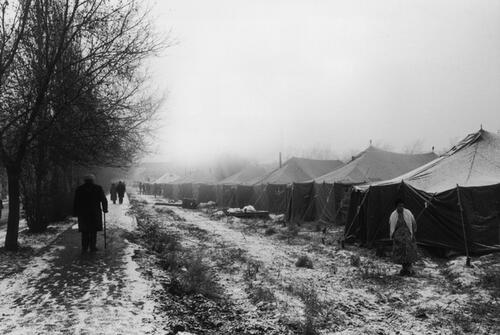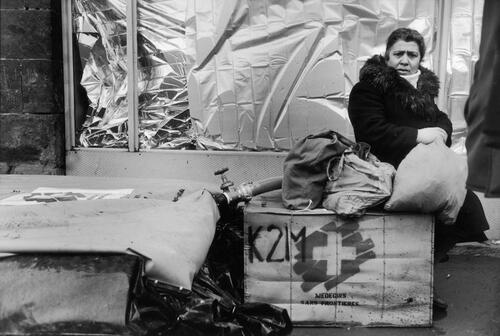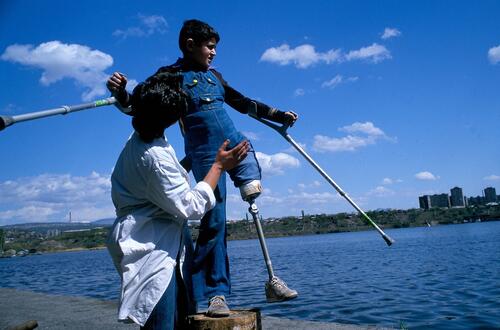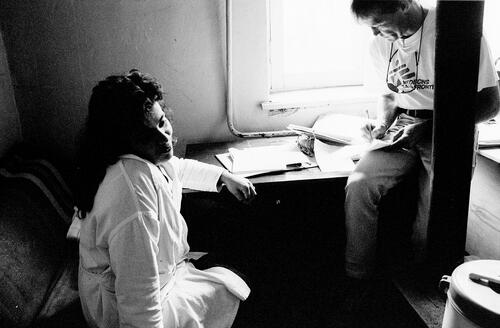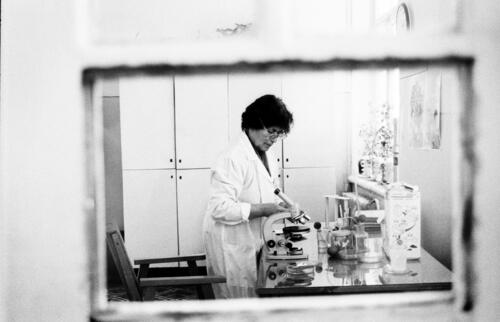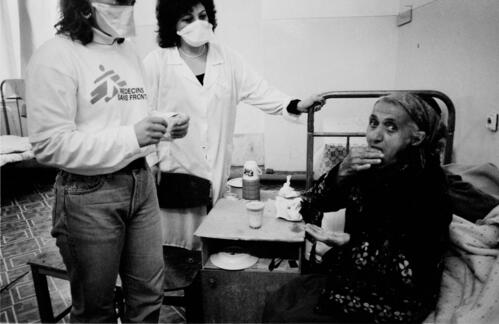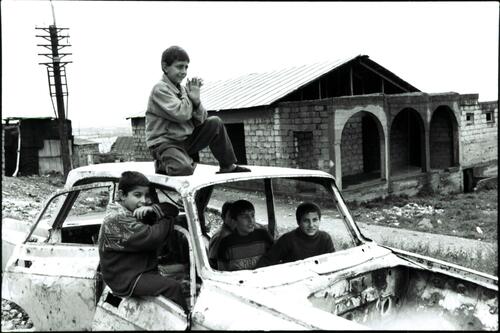The first in a three-part series commemorating 30 years of MSF activities in Armenia
In Armenia, MSF launched its first functional rehabilitation and limb-reconstruction projects (following the devastating wounds caused by the 1988 earthquake), it carried out advanced surgery and vital research on multi-drug resistant TB and hepatitis C.
Let us also not forget this is the first time MSF has run activities in a post-Soviet context, opening the doors to a new region and new challenges for us.
As we prepare to hand the activities over to the local health authorities, we have an opportunity to look back on a great mission and the role it played in the development of MSF as an organisation.
For MSF, Armenia has been a mission of game-changing medical and operational breakthroughs: from the very first paediatric mental health activities to pioneering the current endTB campaign, so much has been done here over the past 30 years, always with the well-being of our patients at the top of our minds.Mathilde Berthelot, MSF Armenia Desk Manager
7 December 1988: Spitak earthquake
On 7 December 1988, Armenia was hit by a devastating earthquake. It left more than 25,000 people dead, over 15,000 wounded needing urgent care, and more than half a million homeless. The cities and inhabitants of Spitak, Leninakan (Gyumri), and Kirovakan (Vanadzor) were the worst affected.
Within minutes, many of these people had lost everything. Their homes had been crushed or knocked over like a house of cards. Everything had come crashing down – their past, their present and their future.Marie-Christine Ferir, MSF medical coordinator
The scale of the disaster was such that the Soviet authorities immediately opened their borders to foreign rescue teams, and MSF was the first to respond.
The first MSF team arrived on 10 December, three days after the earthquake. Three weeks later, MSF had 125 staff working in the country and had flown in 200 tonnes of supplies.
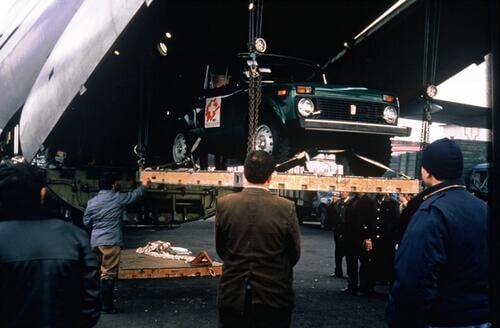
Together with the Armenian Ministry of Health, MSF teams provided earthquake survivors with basic medical care and mental health support, as well as surgical treatment and dialysis.
MSF logisticians distributed generators and heating systems, and supplied medical facilities with water and medical equipment – from laboratory equipment and dialysis machines to incubators and other specialist equipment for maternity wards.
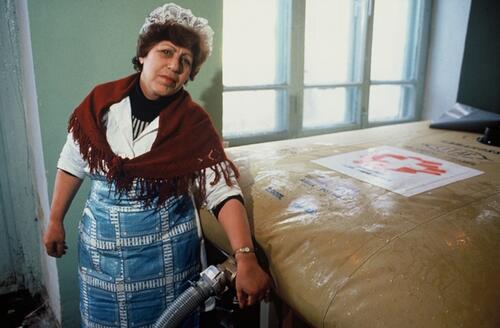
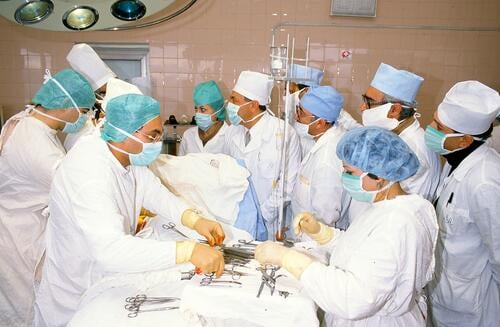
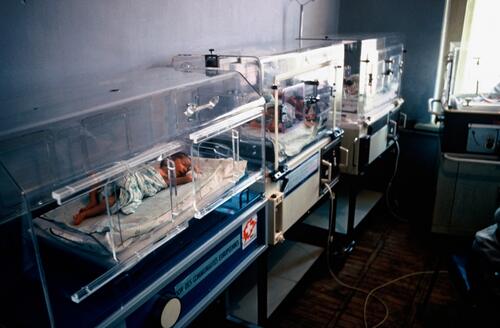
Physiotherapy – a discipline virtually unknown in the country until then
MSF later started producing artificial limbs for amputees and set up physiotherapy activities – a discipline virtually unknown in the country until then – to provide rehabilitation for patients with severe fractures, amputations, paraplegia and damage to the central nervous system.
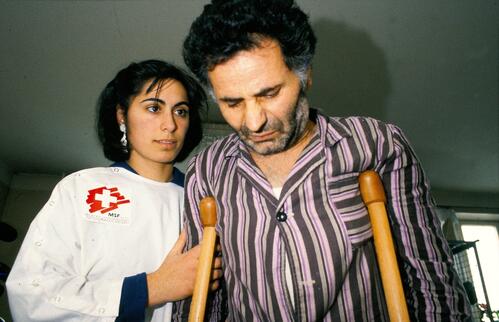
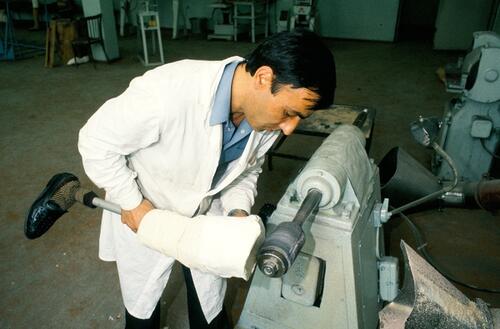
We felt particularly close to the people we worked with. Although the population was very traumatised, they appreciated the fact that people had come from so far away to help them. Over and over again they would say to us: ‘The aid you bring is good, but what we will never forget is the fact that you were here for us.’Marie-Christine Ferir, MSF medical coordinator
Children benefit from MSF’s first ever mental healthcare services
During the emergency response, MSF teams were struck not only by their patients’ physical injuries but also by the psychological impact – on children who had lost family in particular.
MSF therefore launched its first ever mental healthcare project, through which Armenian psychologists and educators provided group and family consultations for more than two years after the disaster.
MSF’s response to the Spitak earthquake broke new ground that would share the organisation’s work in Armenia and beyond in the years to come.
1988-1994: Nagorno-Karabakh War
Earlier in 1988, war had broken out between Armenia and Azerbaijan. Lasting until May 1994, it – like any war – had devastating effects on both sides, producing many victims, wounded, displaced people, and psychologically affected children.
MSF opened a project in Stepanakert, the capital of the Nagorno-Karabakh conflict zone, in 1992.
As well as supplying medical facilities with first aid kits, medical equipment, and medication, MSF helped to improve the safety of blood transfusions, support displaced people, and provide ongoing mental healthcare.
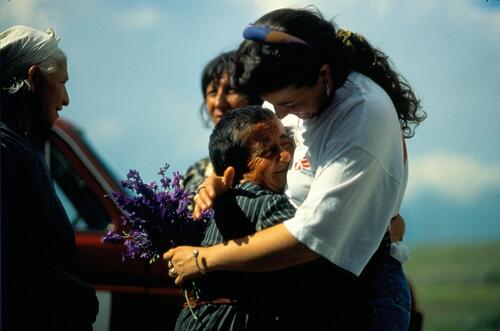
Patients with tuberculosis at particular risk
While in Stepanakert, MSF specialists explored the epidemiological situation and the risks facing Armenians caught up in war. They identified tuberculosis (TB) as one such risk – and a big one at that.
“Aggravating factors for TB patients are hunger, social insecurity, lack of hygiene etc. All these were residual effects of the Nagorno-Karabakh War, which created ‘good’ conditions for the disease,” MSF’s head of mission in Karabakh, Jeanine Gerome, recalls.
MSF’s response was to launch a dedicated TB programme in May 1997, in collaboration with Stepanakert TB Dispensary and the Nagorno-Karabakh Ministry of Health.
MSF supplied medical equipment and drugs, and trained TB doctors in World Health Organization (WHO) protocols.
“The objective of the programme was not just to distribute drugs to TB patients,” Gerome explains. Patients had access to directly observed TB treatment (DOTS), the WHO recommended model of care.
“The treatment course lasted six to eight months. But 85 per cent of those who properly completed their treatment were cured.”
MSF renovated the TB dispensary in Stepanakert and built a new unit for multidrug-resistant patients.
The programme also had a social component, with food, clothes, hygiene kits and firewood distributed to those in need, as well as an educational component to raise awareness of the disease among patients and the public.
In 2002, MSF completed the handover of its TB project in Stepanakert to the Ministry of Health but MSF's work in helping to treat TB patients in Armenia was far from over.




